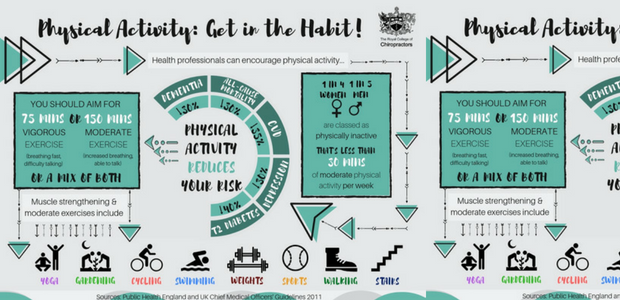A Newbie'S Guide To Comprehending Cervical Spine Makeup And Its Effect On Neck Discomfort
A Newbie'S Guide To Comprehending Cervical Spine Makeup And Its Effect On Neck Discomfort
Blog Article
Created By-Dunn Wilkins
As you rest there, maybe really feeling a twinge of discomfort in your neck, have you ever before stopped to consider the elaborate frameworks that make up your cervical back? Comprehending how the vertebrae, discs, and nerves communicate in this region can shed light on why neck pain can be so persistent and incapacitating. By discovering the foundations of cervical back composition and its implications for neck pain, you may uncover understandings that can help you much better handle or even stop those irritating aches and rigidity.
Importance of Cervical Spine Anatomy
Comprehending the significance of cervical back composition is essential in understanding the complexities of neck discomfort. The cervical spinal column, made up of seven vertebrae, plays a vital duty in supporting the head's weight and helping with activity. It houses the spinal cord, which transfers messages between the brain and the rest of the body. Furthermore, see this website protects these delicate nerves and supplies architectural security to the neck area.
Additionally, the cervical spine allows for a large range of movement, enabling you to turn your head, turn it sideways, and nod up and down. Each vertebra has details features and features that contribute to the general versatility and stability of the neck. Understanding the anatomy of the cervical back can help you grasp just how injuries or degenerative problems in this area can cause neck discomfort and related symptoms.
Parts of the Cervical Back
When discovering the parts of the cervical spine, it comes to be evident that its structure includes seven vertebrae, identified C1 to C7, piled on top of each other. These vertebrae are essential as they provide support to the head and enable a variety of motion in the neck.
The topmost vertebra, C1, also referred to as the atlas, sustains the head and makes it possible for the sleeping activity of the head. Directly below C1 is the C2 vertebra, referred to as the axis, which allows for the rotation of the head from side to side.
Moving down the cervical spinal column, each vertebra plays a vital role in preserving the back's flexibility and stability. Between each vertebra are intervertebral discs that serve as paddings, taking in shock and stopping the vertebrae from rubbing versus each other.
Recognizing the components of the cervical back is necessary in understanding just how the back functions and its possible effect on neck discomfort.
Relationship In Between Spine and Neck Discomfort
The connection in between the back and neck discomfort is an important facet of recognizing musculoskeletal pain. Your spine, specifically the cervical region, plays a considerable duty in supporting your head and allowing for different activities. When there's https://www.news-medical.net/health/What-is-Sciatica.aspx in the spinal column, such as a herniated disc or imbalance, it can directly influence the surrounding cells and nerves, causing neck pain. Poor pose, injuries, and degenerative conditions can all contribute to spine-related neck pain.
It's necessary to acknowledge that the spine and neck function as a natural device. Any type of abnormalities or discrepancies in the spine can create stress on the neck muscle mass and ligaments, causing pain and rigidity.
Verdict
Now that you have a standard understanding of cervical spinal column anatomy and its link to neck discomfort, you can much better value the complexities of your very own neck pain. Bear in mind, the health of your cervical spine plays a critical duty in sustaining your head and promoting activity, so it's important to take care of it via correct position, exercise, and routine check-ups with a health care professional. Keep informed and positive concerning your spinal column health to prevent and manage neck discomfort efficiently.
